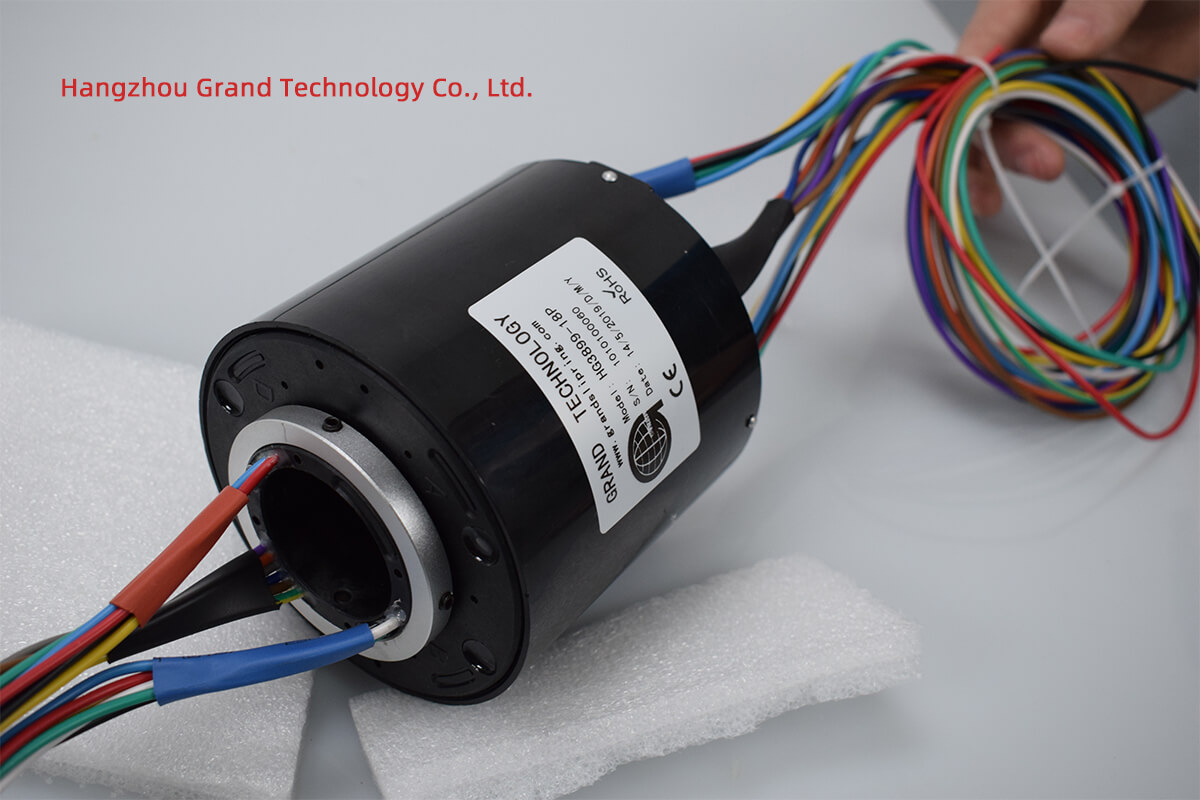In this article, we will explore the definition, characteristics, and applications of torque slip ring motors. Specifically designed to provide high starting torque and adjustable speed, these motors offer unique features that set them apart from other motor types. By understanding the torque production mechanism and analyzing the torque-speed curve, readers can evaluate the advantages and suitability of torque slip ring motors for various industrial applications.
Definition and Characteristics of Torque Slip Ring Motors
Torque slip ring motors are electric motors designed to deliver high starting torque and adjustable speed control. They are equipped with slip rings and brushes, enabling the external resistance to be connected to the rotor circuit. This design allows for precise control over the torque characteristics and speed regulation. The key characteristics of torque slip ring motors include the ability to generate high starting torque, provide adjustable speed control, and maintain reliable performance under varying loads.
Torque Production Mechanism
The torque production mechanism in torque slip ring motors is a result of the interaction between the rotor windings, slip rings, brushes, and the rotating magnetic field. During motor startup, the external resistances are utilized to limit the rotor current and increase the torque. As the motor reaches operating speed, the external resistances are gradually reduced, allowing for increased speed and power output. This torque production mechanism enables torque slip ring motors to deliver high starting torque, making them suitable for applications with heavy loads and high inertia.
Torque-Speed Curve and Analysis
The torque-speed curve of torque slip ring motors illustrates the relationship between torque and rotor speed. At startup, torque slip ring motors exhibit high starting torque, which allows them to overcome the inertia of the load and initiate motion. As the motor accelerates, the torque gradually decreases, reaching a point where the motor operates at its rated torque. This point on the torque-speed curve is known as full-load torque. Beyond the full-load torque, the torque decreases further until it reaches a critical point called the breakdown torque. It is important to operate the motor within the limits defined by the torque-speed curve to ensure reliable performance and avoid motor failure.
Advantages and Applications
The unique characteristics of torque slip ring motors offer several advantages in various industrial applications. One of the primary advantages is the high starting torque, which allows for the smooth and efficient startup of heavy machinery, such as crushers, mills, and large pumps. The adjustable speed control capability enables precise control over the motor’s operating speed, making it suitable for applications that require speed regulation, such as conveyor systems, mixers, and hoists. Furthermore, torque slip ring motors are commonly employed in cranes and lifting equipment, where the ability to generate high starting torque and adjust speed is crucial for safe and efficient operations.
Torque slip ring motors provide high starting torque and adjustable speed control, making them ideal for various industrial applications. Their unique characteristics, such as high torque capability, adjustable speed control, and reliable performance, contribute to enhanced efficiency and reliability. By understanding the torque production mechanism and analyzing the torque-speed curve, readers can evaluate the advantages and performance characteristics of torque slip ring motors. These motors offer valuable solutions in applications requiring high torque and speed control, ensuring optimal performance and efficient operation in diverse industrial sectors.
See What We Can Do

